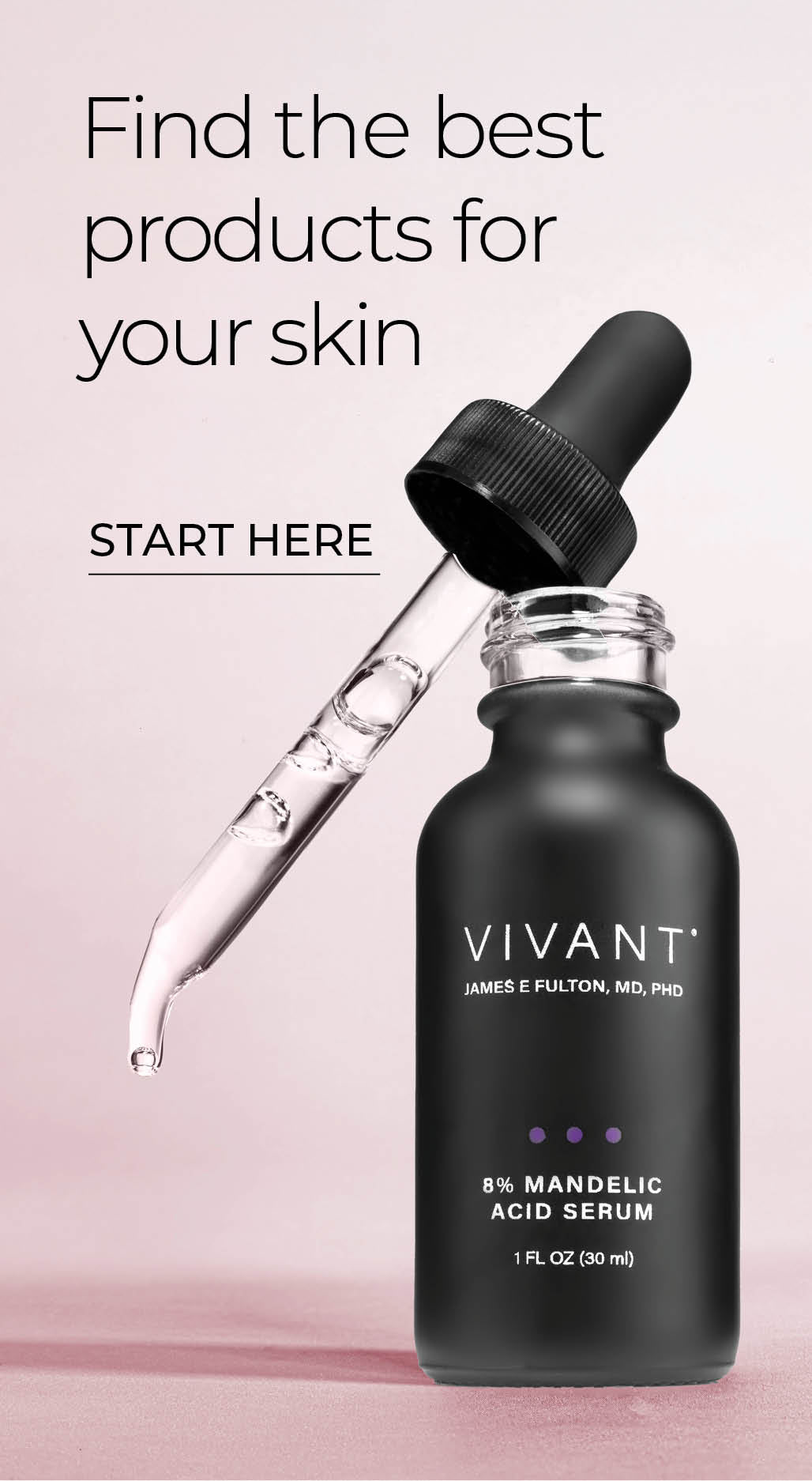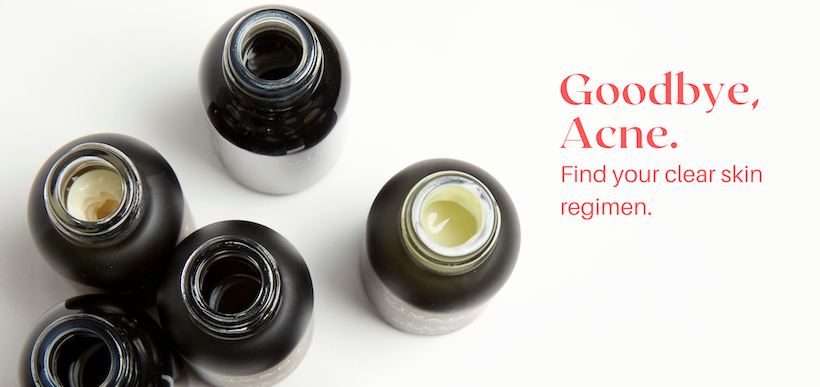What Makes Benzoyl Peroxide Such an Acne-Fighting Superhero?

Benzoyl peroxide is a triple threat to acne. It kills bacteria, reduces inflammation, and peels impactions to face down everything from vexing little white bumps to angry red pustules. It works quickly, bringing improvement in as few as five days after starting treatment. With its unmatched superpowers, it’s easy to see why benzoyl peroxide has remained the top-rated acne-fighter for decades.
Why It Works
Benzoyl Peroxide is an organic compound with antibacterial, keratolytic, comedolytic, and anti-inflammatory properties. When applied topically, benzoyl peroxide decomposes to release oxygen which kills acne bacteria in the pore. Its keratolytic activity increases cell turnover, causing a peeling reaction in the skin. This is one of the properties that makes it so effective in treating acne. The peeling action unplugs pores and removes impactions.
Some antibacterial products can contribute to resistant strains of bacteria. That’s not the case with benzoyl peroxide. After more than 50 years in widespread use, it remains as potent a bacteria killer as ever.
Benzoyl peroxide also has anti-inflammatory effects to reduce inflammation, an essential part of treating acne.
Benefits of Benzoyl Peroxide
- Kills acne bacteria
- Decreases inflammatory lesions
- Rids follicles of excess dead skin cells
- Peels out impactions
- Controls excess sebum production
- Prevents future breakouts
- Does not create antibiotic resistance
Is All Benzoyl Peroxide the Same?
BP products range from 2.5% up to 10%. The percentage refers to the amount of the active ingredient, but the real difference is in the formulation. Buffering agents used to limit irritation often limit effectiveness as well. The wrong carrier vehicle can keep BP from penetrating the skin, so it can’t work in the pore.
In its early days, benzoyl peroxide was notoriously unstable. Carriers were greasy, messy, and occlusive. Pharmacists often distributed BP in a package separate from the carrier to be mixed just before use to improve its performance.
In 1970, Dr. Fulton changed all that when he developed a carrier vehicle in the form of a vanishing gel that kept benzoyl peroxide stable and maximized its beneficial properties, allowing benzoyl peroxide to become the most widely used acne treatment in the world. Vivant’s BP formulas remain the gold standard today.
What’s the Best Way to Use Benzoyl Peroxide?
If you’re new to benzoyl peroxide, start with Vivant’s BP 3% Acne Wash. The wash is perfect for acclimating skin to benzoyl peroxide or for skin that is a little more sensitive.
When you’re ready for a more intensive treatment, bump up to BP 3% Exfoliating Cleanser, which includes bio-degradable microbeads to help lift dead skin cells and accelerate clearing.
Use the wash or exfoliating cleanser twice a day. You can get a mini-peel boost by making it part of your morning shower. Work the wash or cleanser into a lather in the shower and let it sit on your face while you complete the rest of your shower routine, then rinse away. Both are also excellent for controlling body acne.
For excessively oily or resistant skin, couple the cleanser with Vivant’s BP 10% Gel Medication. The gel should be applied to the entire face from the hairline to just under the jawline. Avoid spot treating, which leaves bacteria in surrounding areas to spread.
Apply 10% BP Gel Medication underneath the detoxifying Sulfur Clay Mask once a week for some extra firepower against stubborn breakouts.
Benzoyl peroxide can be very drying, a good thing for peeling out acne impactions, but not the most pleasant. If desired, add moisture by using one of our non-comedogenic hydrators. But go easy on the moisture when you’re clearing active acne. The drying process is a necessary part of the treatment.
Hero products:
Creamy and soothing, yet vigorously cleansing. The first stop for skin new to benzoyl peroxide.
The king of acne cleansers. Excellent for targeting acne on the face, back, forearms, or for use after a sweaty workout.
This high concentration gel formula delivers extra firepower against tough breakouts for oily or resistant skin.
Other Things to Know
People with sensitive skin may find benzoyl peroxide irritating and should start with a once-a-day schedule working up to twice daily. If irritation does occur, dial it back to every other day until your skin adjusts. Once your skin gets on board, increasing to 2 or 3 applications per day is pretty standard.
Benzoyl peroxide is not recommended for skin prone to hyperpigmentation.
Benzoyl peroxide can bleach fabrics, so be careful of your clothing and sheets if using it at night.
Benzoyl peroxide can make skin more sensitive to sun, so be sure to wear sunscreen and protective clothing outdoors and avoid prolonged sun exposure.


Comments
Hello Shundel,
Because BP can be irritating to more sensitive skin, we recommend milder exfoliants like mandelic acid for treating acne in hyperpigmentation-prone skin.
Why is bp not recommended for skin prone to hyperpigmentation? Whats an alternative?